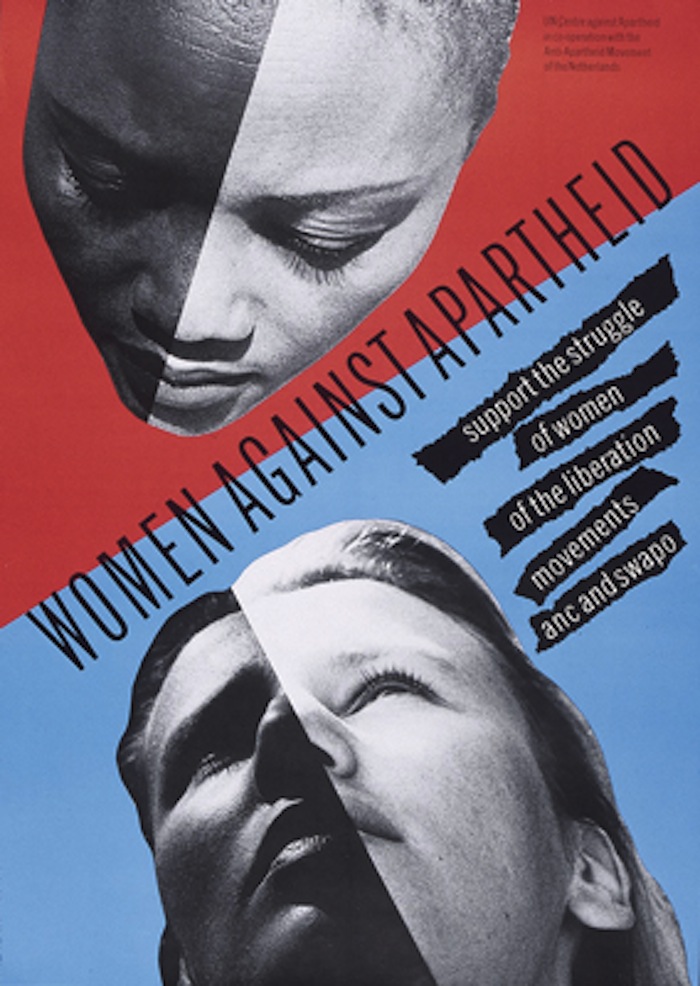
Véronique Vienne|Report
December 31, 2009
The Cold War Politics of Push Pin
Not wanting to disappoint my French audience, I played up the most seditious facet of Push Pin I could come up with: its fervid anti-modernist stance. In truth, Seymour Chwast and Milton Glaser had bravely defied numbing Cold War aesthetics. Their whimsical illustrations and jolly typography had been a slap in the face of the less-is-more doctrine of the elitist MoMA crowd. They had been rebels with a cause, not unlike the Cuban and Dutch designers whose pugnacious posters had managed to break free from the grim ideological mid-century rhetoric.
Below: Posters by Seymour Chwast (1967) and Hector Villaverde (1968)

Below: Three Wild Plakken posters from the 1980s


Below: Cuban posters from the 1970s


Observed
View all
Observed
By Véronique Vienne
Recent Posts
Candace Parker & Michael C. Bush on Purpose, Leadership and Meeting the MomentCourtney L. McCluney, PhD|Essays
Rest as reparations: reimagining how we invest in Black women entrepreneurs Food branding without borders: chai, culture, and the politics of packaging Why scaling back on equity is more than risky — it’s economically irresponsible


